Imagine waking up one morning to news that the ground beneath Yellowstone National Park—a place famous for its geysers, wildlife, and stunning beauty—has started to tremble in ways never seen before. The sky darkens, people thousands of miles away feel a strange vibration, and scientists around the world hold their breath. This isn’t a movie plot or a doomsday prophecy; it’s the chilling possibility of Yellowstone’s supervolcano erupting. But what would really happen if this sleeping giant awoke? The mere thought is both awe-inspiring and terrifying, raising questions that touch on survival, science, and the very future of life as we know it.
Understanding the Yellowstone Supervolcano
Yellowstone isn’t just any volcano—it’s a caldera, a massive cauldron formed after previous super-eruptions, now quietly simmering under the park. Deep beneath the surface, a vast chamber of molten rock stretches roughly 30 miles across and 10 miles deep. This magma reservoir holds enough material to cause catastrophic change if unleashed. Unlike the cone-shaped volcanoes we picture in textbooks, Yellowstone is more of a hidden monster, its power masked by forests and geysers. The last major eruption happened about 640,000 years ago, shaping much of the landscape we see today. Scientists continue to study this supervolcano, analyzing seismic activity and ground deformation for clues to its behavior.
What Makes It a “Supervolcano”?
The term “supervolcano” isn’t just for dramatic effect—it’s a scientific label for volcanoes that can produce eruptions thousands of times larger than typical volcanic events. To earn this title, a volcano must eject over 1,000 cubic kilometers of material in a single event. For comparison, the eruption of Mount St. Helens in 1980 released less than 1 cubic kilometer. Yellowstone’s past eruptions have dwarfed anything seen in modern times, blanketing continents in ash and altering the planet’s climate. The sheer scale is almost beyond comprehension, making Yellowstone a focus of intense scientific scrutiny and public fascination.
The Warning Signs: How Would We Know?
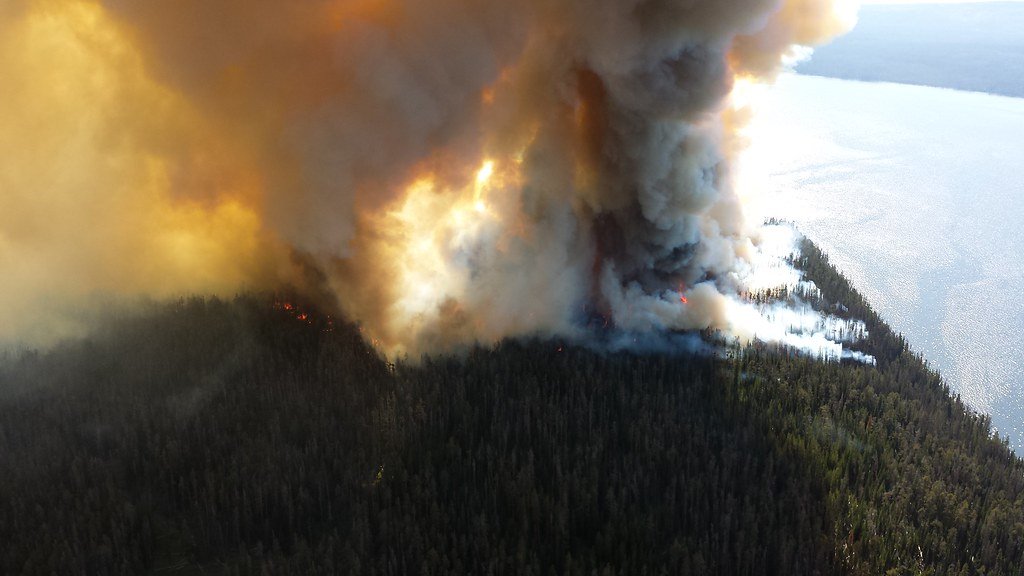
Scientists are constantly monitoring Yellowstone for early warning signs. These include increased earthquake activity, rapid ground uplift, changes in geyser behavior, and shifts in gas emissions. Seismographs, GPS instruments, and satellite imagery all help track subtle changes. In theory, a major eruption would likely be preceded by months or even years of escalating earthquakes and swelling ground. However, predicting the exact timing remains a challenge. In a sense, Yellowstone is like a pressure cooker, and researchers are always checking the dials for hints of trouble.
The Initial Blast: Immediate Devastation
If Yellowstone erupted with its full force, the immediate aftermath would be catastrophic. A massive explosion would blast rock, ash, and gas high into the atmosphere, flattening everything within a 50-mile radius. The shockwave would be felt for hundreds of miles, obliterating forests and changing the landscape in seconds. Towns and cities nearby would face unimaginable destruction, with roads, buildings, and infrastructure wiped out in the blink of an eye. Survivors would be left to navigate a world suddenly turned hostile, with rescue and relief efforts hampered by ongoing hazards.
Ash Fallout: A Blanket of Despair
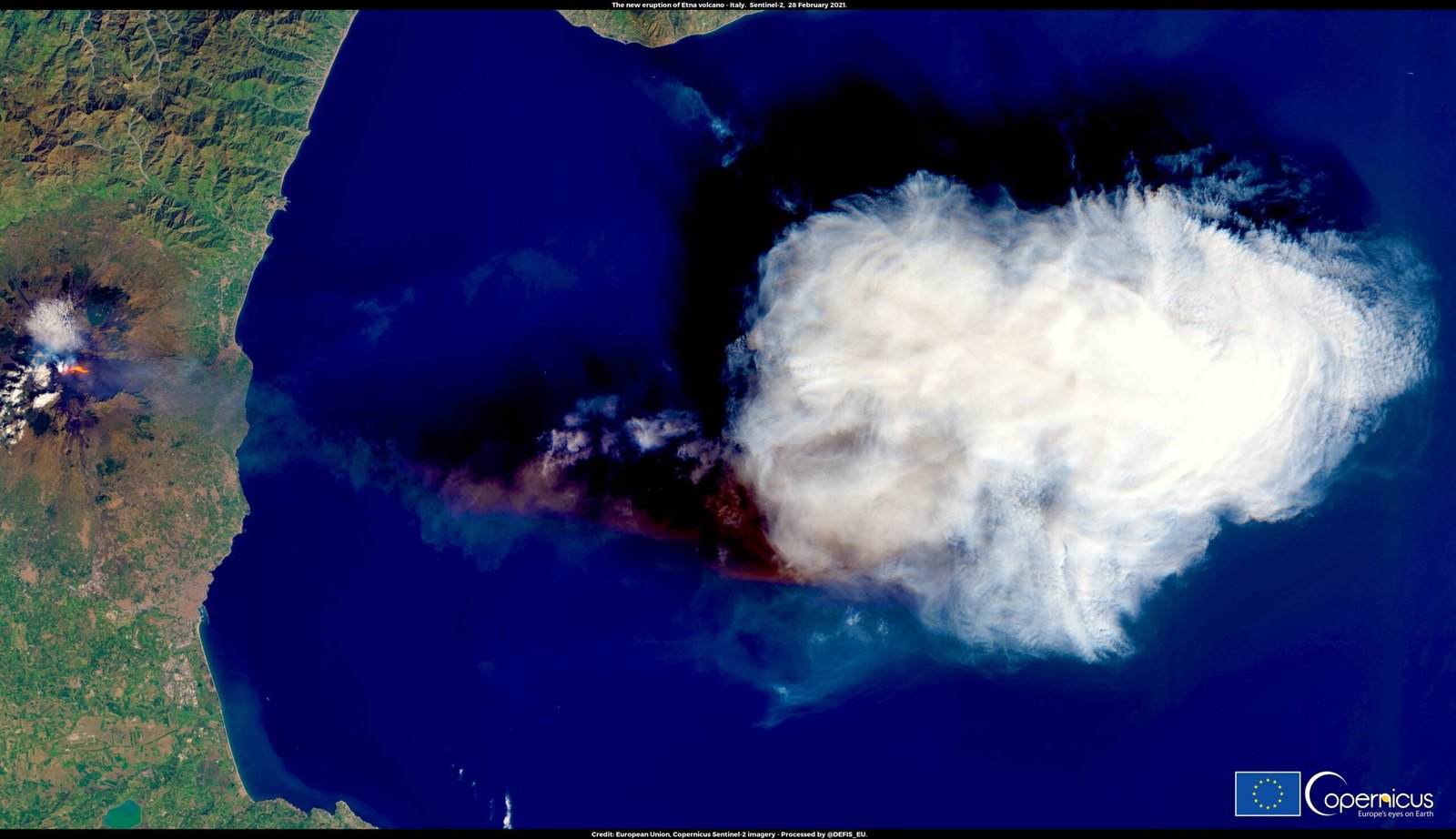
Perhaps the most far-reaching impact would be the ash. Volcanic ash isn’t soft or fluffy; it’s gritty, abrasive, and can be deadly when inhaled. Depending on wind patterns, ash could fall across much of North America, reaching as far as the East Coast. Cities like Denver, Chicago, and even New York might see skies darken and streets covered in gray powder. Air travel would grind to a halt, and power grids could be crippled as ash destroys machinery and clogs filters. Farms would suffer as crops succumb to toxic ash, threatening food supplies and livelihoods for millions.
Global Climate Shock: The Volcanic Winter
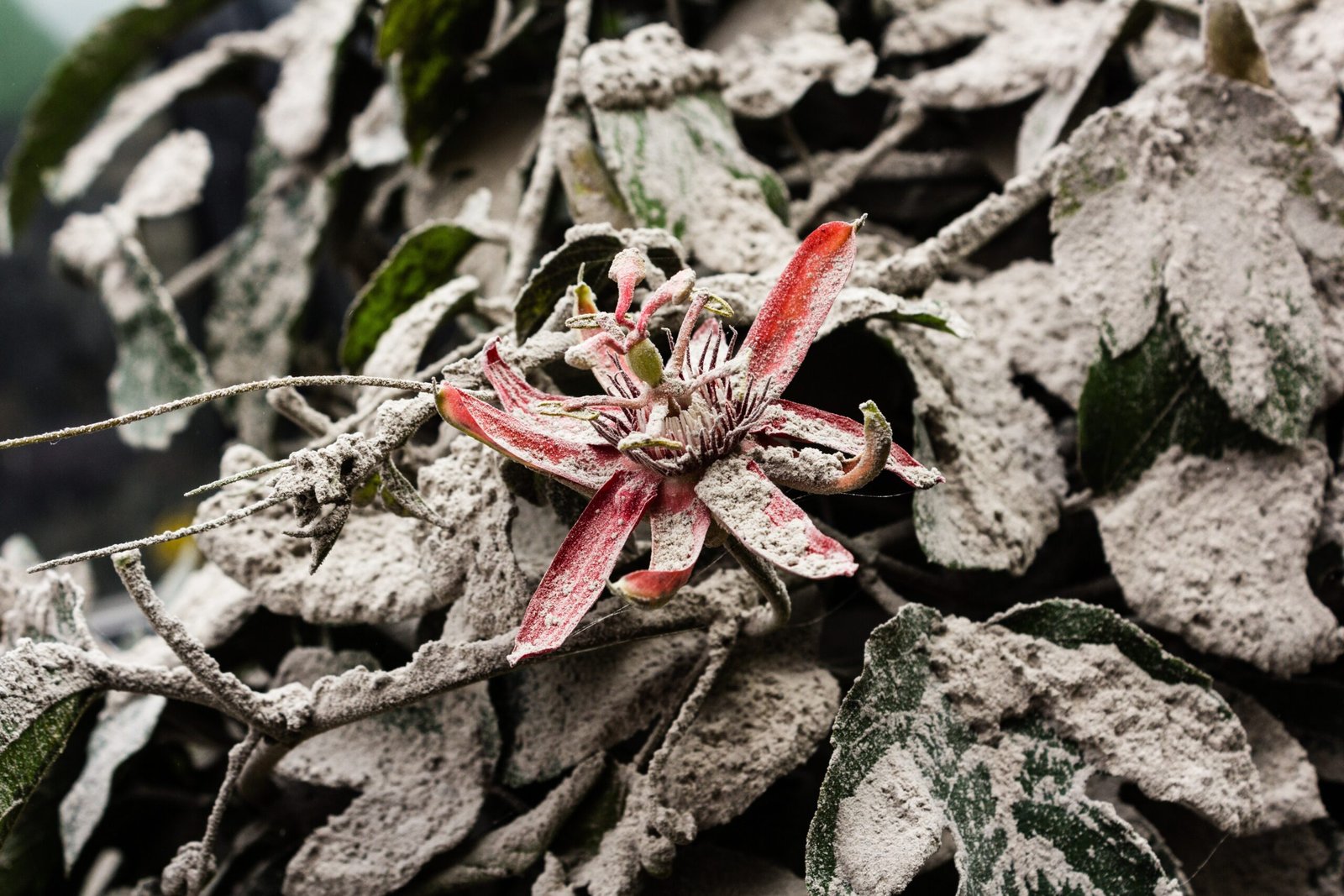
The eruption would send enormous amounts of sulfur dioxide and ash into the upper atmosphere, where they would reflect sunlight and plunge the planet into a “volcanic winter.” Temperatures could drop by several degrees, enough to devastate harvests and disrupt weather patterns worldwide. Scientists estimate that global cooling could last for years, with shorter growing seasons and widespread famine possible. In the past, even smaller eruptions have caused dramatic climate shifts. The eruption of Mount Tambora in 1815, for example, led to “the year without a summer,” crop failures, and famine across the Northern Hemisphere.
Impact on Wildlife and Ecosystems
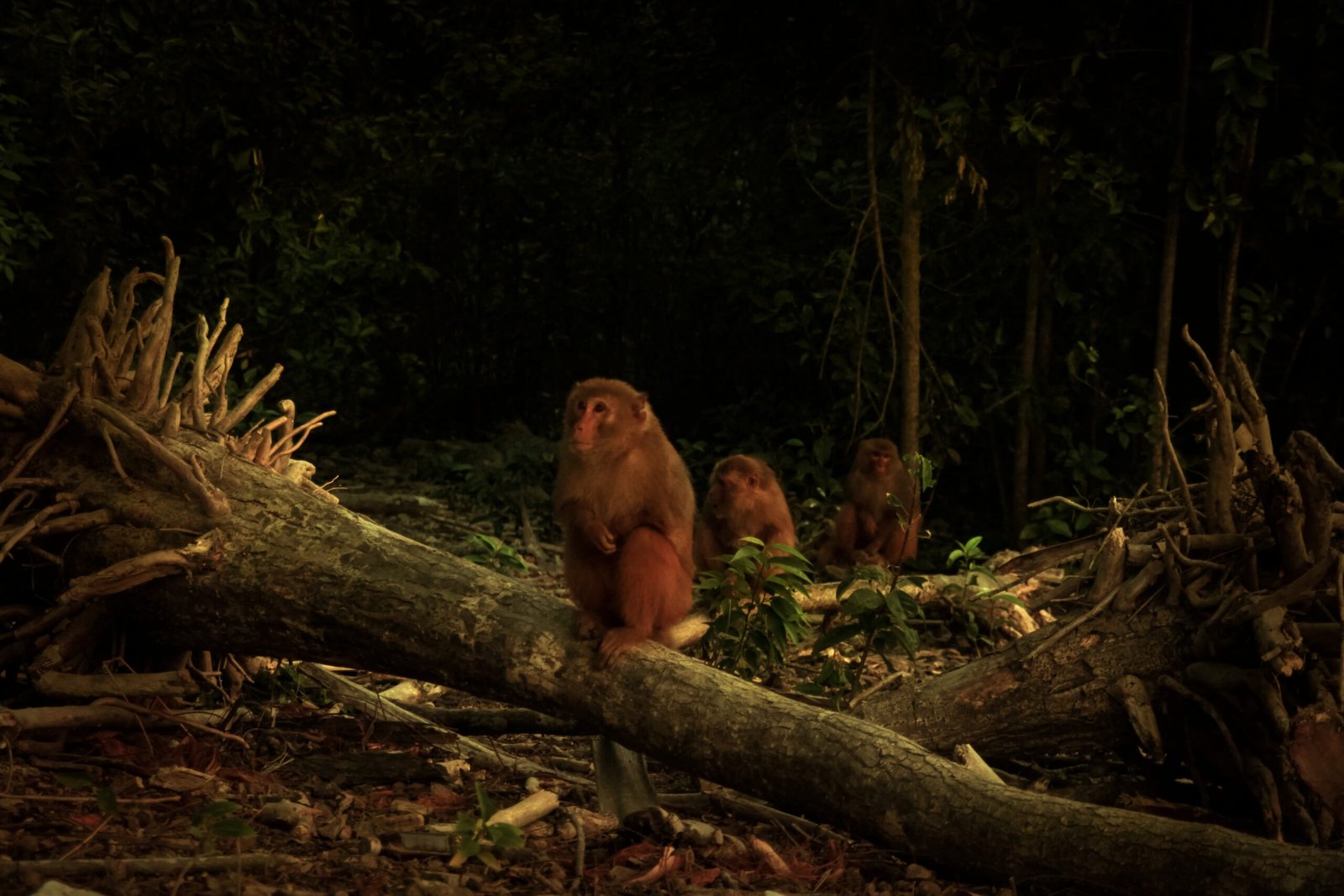
Yellowstone’s eruption would devastate wildlife both in the park and far beyond. Animals unable to escape the initial blast would perish instantly, while survivors would face toxic air, contaminated water, and the total collapse of their habitats. Forests would be buried, rivers would be clogged with ash, and fish populations could be wiped out. Migration patterns would change, and entire species could vanish. The intricate web of life in Yellowstone—bison, wolves, bears, and birds—would be torn apart, with ripple effects felt across the continent.
Human Health and Societal Disruption
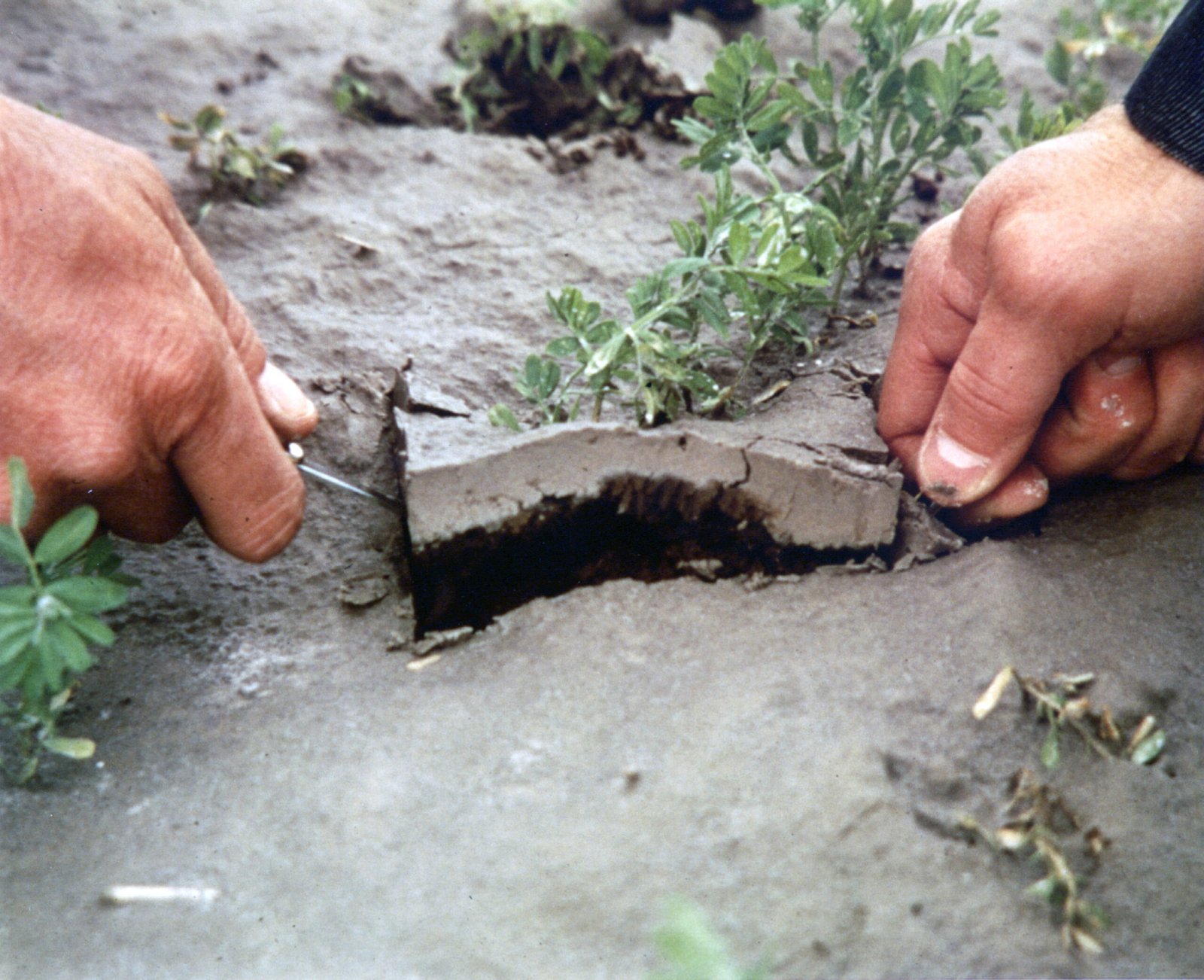
Volcanic ash poses serious health risks. Inhaling fine particles can cause respiratory problems, worsen asthma, and even lead to long-term lung damage. Hospitals would struggle to cope with the influx of patients, especially the elderly and those with pre-existing conditions. Clean water and food would become scarce as supplies are contaminated. Schools and businesses would close, and daily life would grind to a halt. The psychological toll—fear, uncertainty, and grief—would linger long after the ash settles, challenging communities to rebuild and recover.
Economic Consequences on a Global Scale
The economic fallout from a Yellowstone eruption would be staggering. Insurance companies would face unprecedented claims, while governments would scramble to provide aid and rebuild infrastructure. The disruption of agriculture, transport, and trade would send shockwaves through global markets. Food prices could soar, energy supplies might be interrupted, and entire industries could collapse. The experience would reshape economies and force nations to rethink their priorities, with recovery measured in decades rather than years.
Could Humanity Survive and Adapt?

History shows that humans are remarkably resilient, finding ways to survive even the harshest disasters. Communities would band together, sharing resources and supporting the most vulnerable. Scientists would work tirelessly to find solutions, whether in agriculture, medicine, or engineering. Governments might introduce rationing, emergency shelters, and international aid efforts. While the road to recovery would be long and difficult, the eruption could also bring out the best in humanity—creativity, compassion, and the drive to rebuild. In the face of nature’s fury, our ability to adapt and endure would be tested like never before.
Lessons from the Past: Ancient Eruptions and Human Evolution
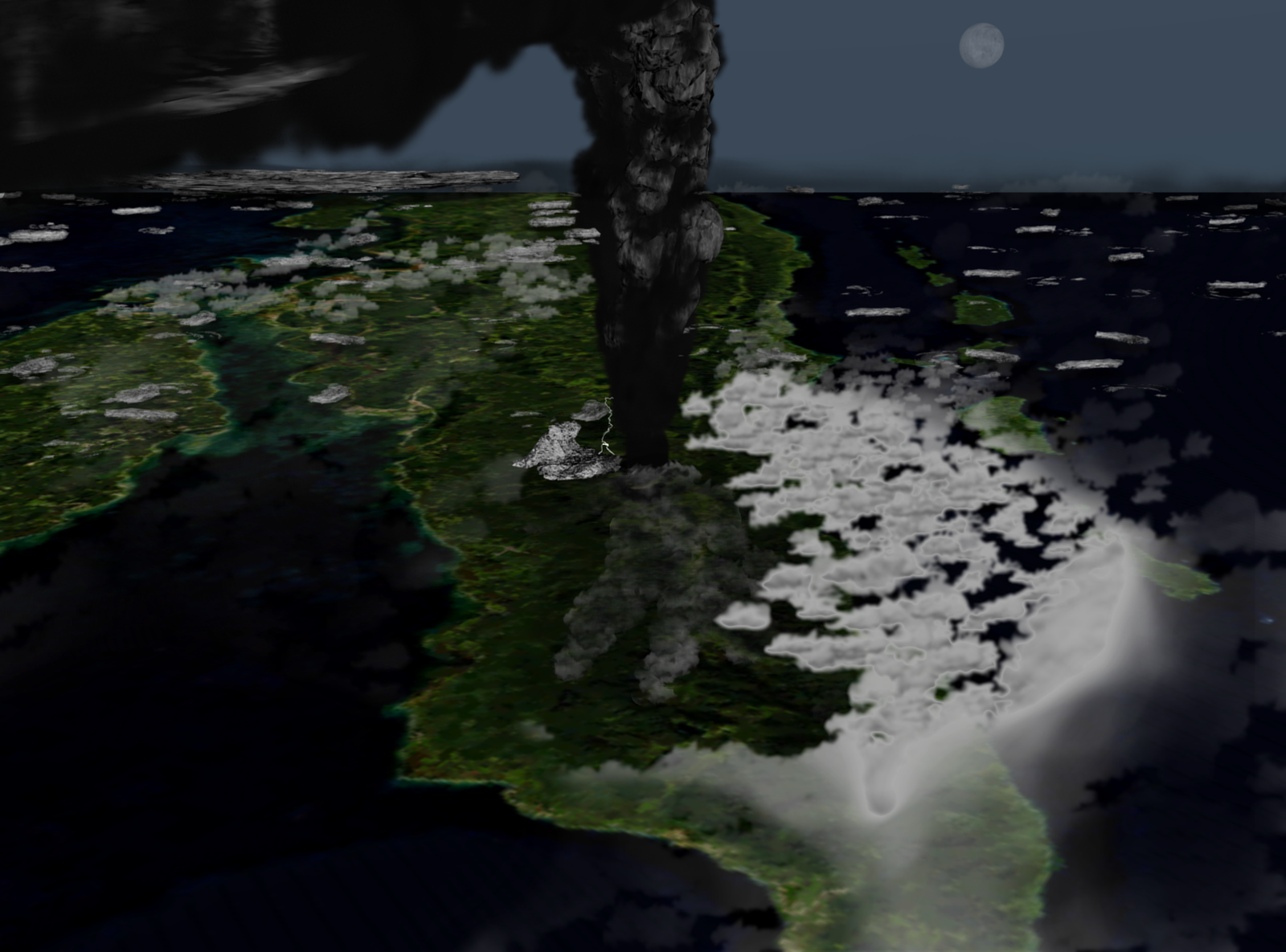
Some scientists believe that past supervolcano eruptions have played a role in shaping human history. The Toba eruption in Indonesia, about 74,000 years ago, may have triggered a global volcanic winter, reducing the human population to a fraction of its size and forcing migrations that altered the course of evolution. These ancient disasters remind us that our relationship with Earth is dynamic and sometimes perilous. They also highlight the importance of preparing for the unexpected, learning from history, and respecting the immense power beneath our feet.
Monitoring, Preparedness, and Hope for the Future
Today, Yellowstone is one of the most closely watched places on Earth. Scientists from the U.S. Geological Survey and other agencies use cutting-edge technology to monitor every tremor and temperature change. Emergency preparedness plans are constantly updated, and efforts to educate the public are ongoing. While the likelihood of a catastrophic eruption in our lifetimes is low, the possibility remains. The story of Yellowstone is a reminder of the beauty and danger of our planet—a call to cherish, protect, and respect the natural world that sustains us.
Yellowstone’s supervolcano is a sleeping giant, both awe-inspiring and humbling. Its power is a stark reminder of nature’s unpredictability, yet also a testament to the resilience of life. What would you do if the world changed overnight?




